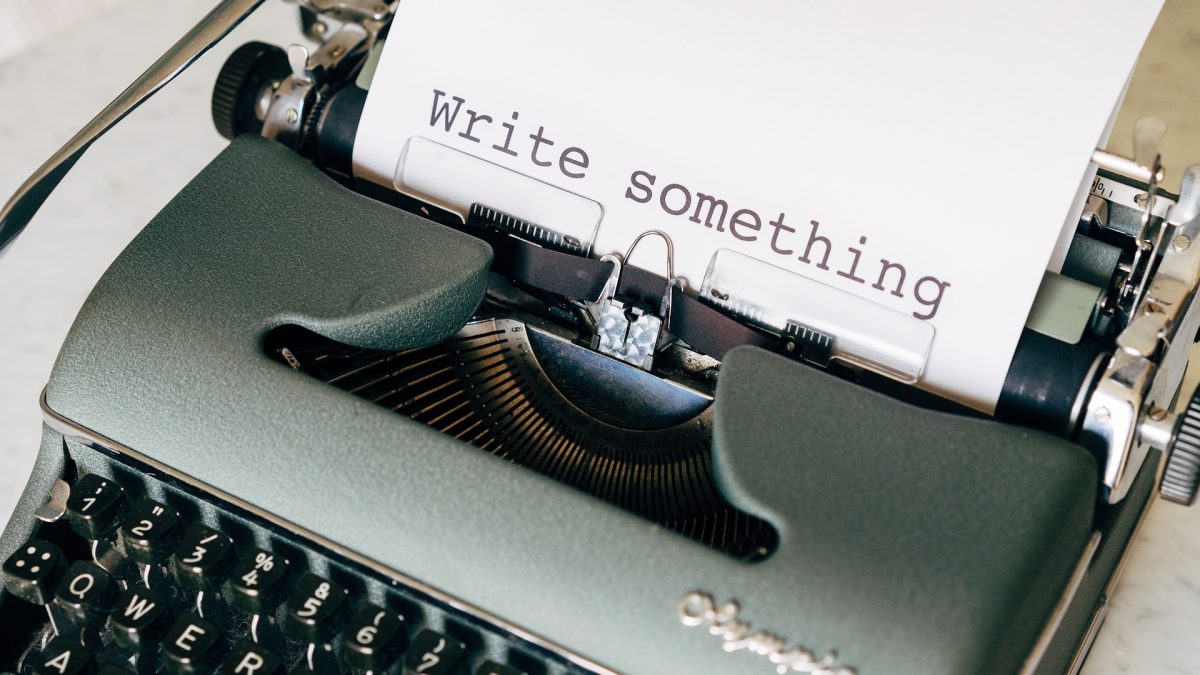
The Future Lawyer Weekly Briefing- W/c 23rd May
May 24, 2022
A Step-By-Step Guide On Writing Essays For College Students
May 24, 2022Writing an essay can be daunting, especially when it’s due in the next hour and you haven’t started it yet. The good news is that by breaking down the process into small steps, you can write an essay quickly and easily while avoiding the stress that comes with last-minute writing projects. This guide on essay writing will give you practical advice on creating great essays without an essay writer so you can ace your college courses and get the grades you deserve!
Choose an essay topic
This is an extremely important step, because it determines which direction your essay will go in and what sort of points you’ll be able to make about that topic. Choose a topic that interests you, or something that fits with a class assignment or personal project. Make sure it’s one you’re well-versed on and feel comfortable writing about. Your teacher might have specific requirements for length, format, content, etc., so make sure to check their guidelines before getting started. In general though, an effective essay should be at least three paragraphs long (each paragraph should contain three main points), use strong language (but not too much) and have a clear thesis statement that introduces each point. Be sure to cite any sources you’ve used as well—that’s part of being professional!
Define the main idea of your paper
Defining your main idea is critical for outlining and writing essays. By identifying your primary thesis, you set a clear direction for yourself and guide your thinking. Your thesis should be broad enough to cover all of your essay’s main points and specific enough to guide every sentence and paragraph that follows. Start by listing everything you want to say in three or four sentences; you may find that some information no longer fits once you’ve listed all of it, which is great because it helps solidify what you really want to include in your paper.
Create an outline
Sometimes, you have to start with an outline. Take a blank sheet of paper (or screen) and divide it into sections. Begin to write topics in each section, one per line or paragraph. Move words around until you have a logical structure for your essay. When you’re happy with your outline, look at what you’ve written and make sure it makes sense – and that there are no holes in logic or gaps in information. Then take a deep breath before starting to write!
Research your topic
The first thing you should do when you’re assigned an essay is research. In academic writing, all new information comes from existing research (be sure to cite your sources!) so before you start thinking about your arguments or style, learn everything you can about your topic and make sure that what you write is unique to what’s already out there. When researching, try to get a balanced overview of your topic by looking at multiple perspectives from experts in related fields like geography or sociology. You don’t have to agree with everything they say – in fact it’s better if you don’t! But finding one good source with contrary information on a relevant topic could be incredibly helpful later on.
Write your introduction
Once you’ve figured out what your essay is going to be about, think about how you can open with an attention-grabbing sentence or phrase. Remember that most readers won’t read your whole essay from start to finish in one sitting; so, it’s important that you get their attention as quickly as possible and hold onto it throughout. Try writing a few different introductory paragraphs until you find one that really works well for you. One approach to take is by referencing something specific in your introduction: recounting a story, quoting someone, or citing statistics are all great ways to start off an essay effectively. However, don’t rely on just one type of opening—mix it up!
Start writing body paragraphs
As you’re researching and writing, use your outline to guide you through your essay’s body paragraphs. Start each paragraph with a topic sentence (no matter how obvious) and use specific details to back up that idea. With every new idea, stop for a moment and ask yourself if there’s anything about it you haven’t said yet—if so, get back to work on your outline! Having trouble getting started? Try thinking of your first body paragraph as a thesis statement. Use all of your research to support that one sentence and then repeat!
Complete your paper with a conclusion and references
The conclusion of your essay will be your last chance to impress your reader and encourage them to see things from your perspective. Make sure you get it right. You should also take time to reference any statistics or research you have cited in your essay. If using multiple sources, make sure you cite each one clearly with a citation number and endnote/footnote so that it is easy for readers to find further reading on particular points if they are interested. Be sure to check if any styles require citations on separate pages at the end of your paper, as some do!





